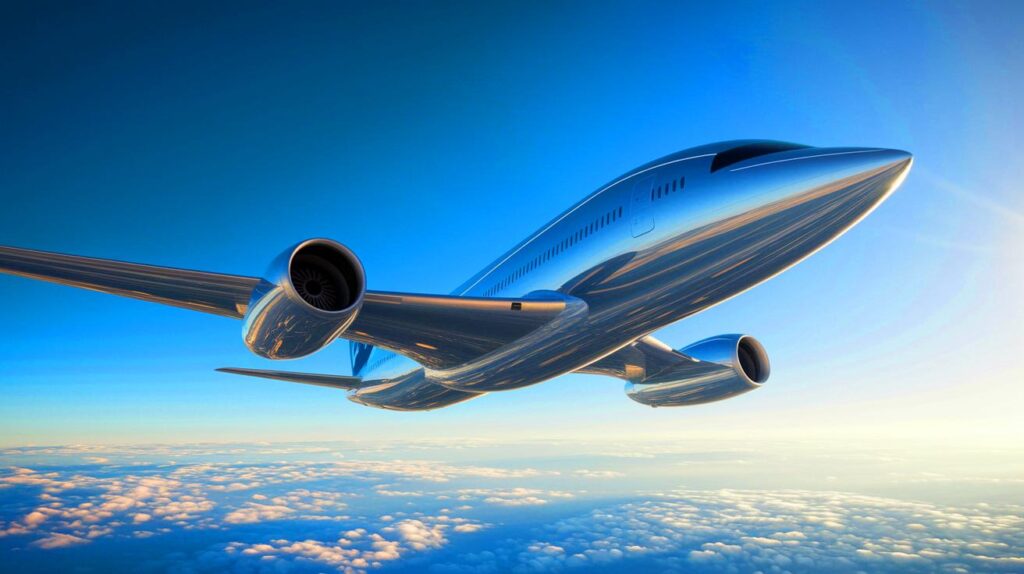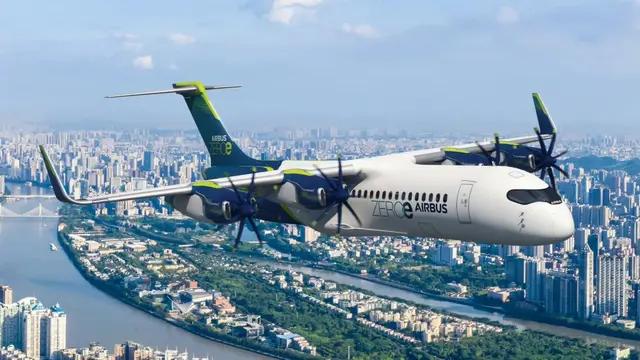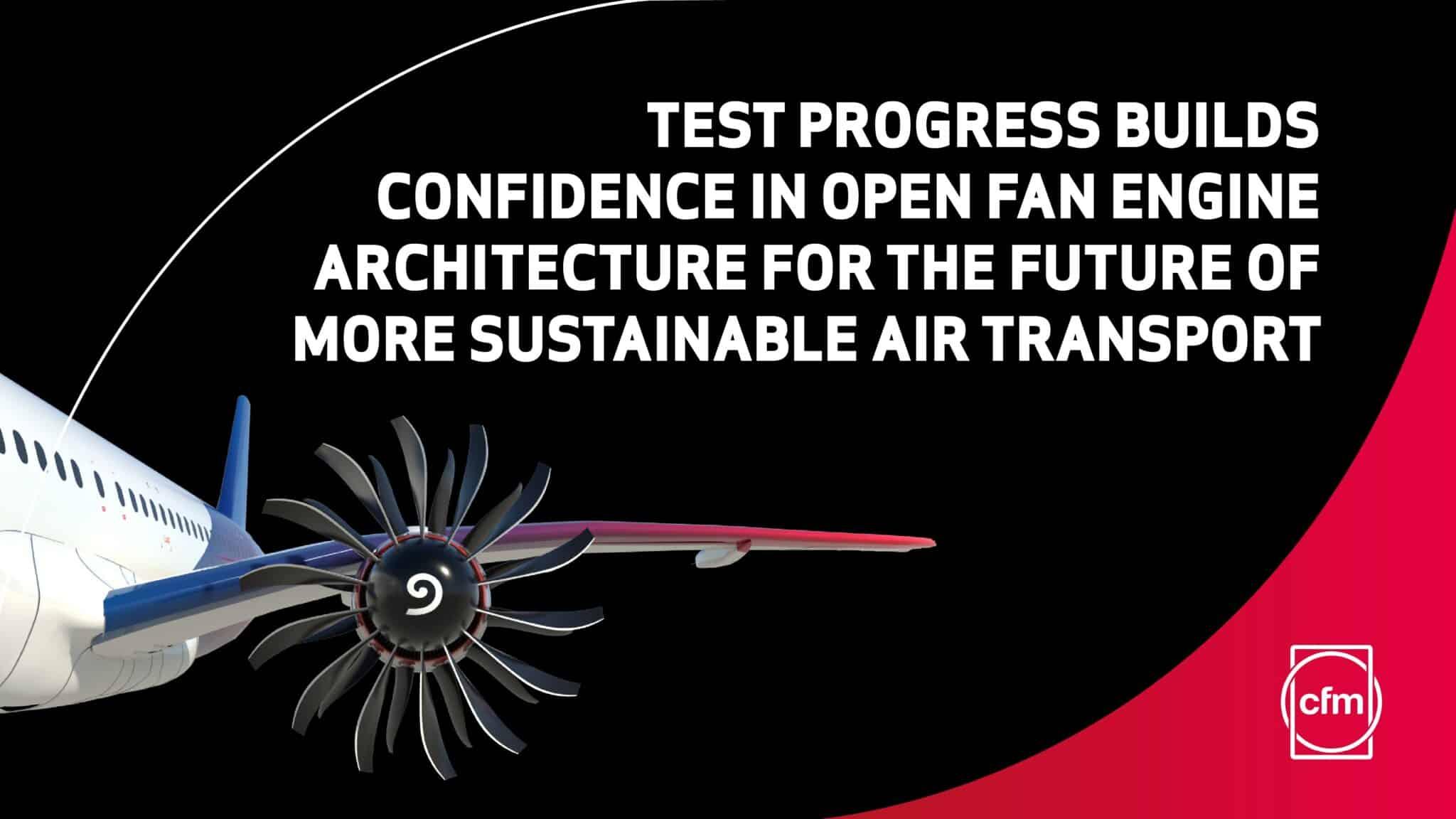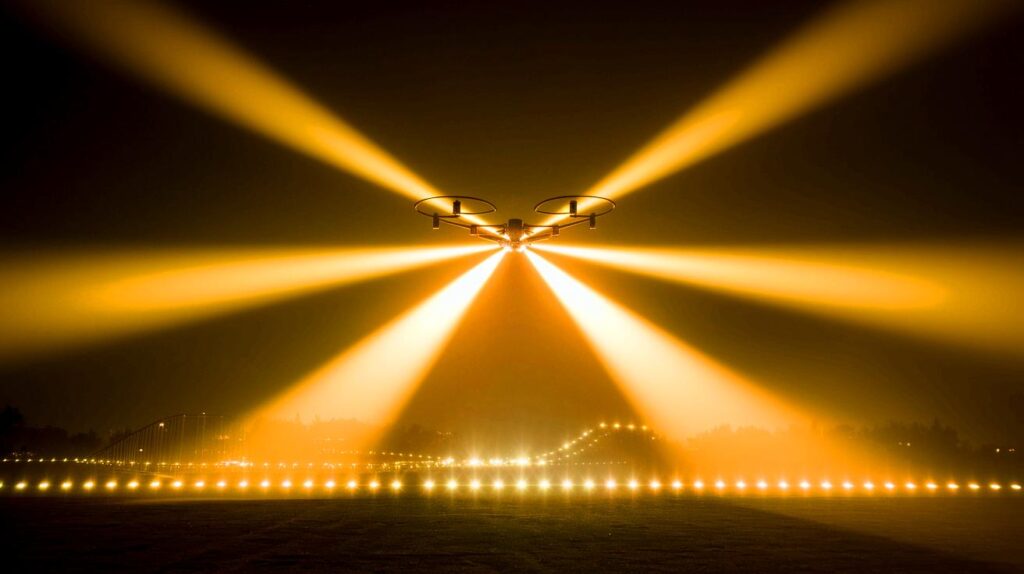| IN BRIEF |
|
The aviation industry, known for its significant contribution to global greenhouse gas emissions, is at a crucial turning point in its evolution. Airbus, the undisputed leader in this sector, is embarking on a technological revolution aimed at transforming commercial aviation. At the heart of this transformation is hydrogen, a clean and sustainable fuel that promises to drastically reduce the carbon footprint of airplanes. Simultaneously, Airbus is developing technological innovations that could redefine industry standards. Let’s explore these advancements that will shape the future of air travel.
Hydrogen Aviation: A Promise for the Future
The aviation industry must tackle the challenge of reducing its carbon footprint while meeting the growing demand for air travel. Hydrogen, regarded as a clean and sustainable fuel, could be the solution. Airbus has launched the ZEROe project, an ambitious initiative aimed at designing commercial aircraft fully powered by hydrogen. Initially, Airbus planned to bring these planes to market by 2035. However, in response to climate emergencies and technological progress, the company has accelerated its timeline for a launch by the end of the 2030s.
This initiative marks a significant turning point in the history of aviation. The shift to hydrogen could not only lessen the environmental impact of flights but also transform how we envision air transport. This is a crucial advancement towards achieving greener aviation.
How Does It Work?
Hydrogen, used in fuel cells, represents a revolutionary alternative to traditional combustion engines. Unlike the latter, which burn fossil fuels and generate greenhouse gas emissions, hydrogen fuel cells produce electricity through a chemical reaction between hydrogen and oxygen. This process only generates water vapor as a byproduct, thus eliminating harmful emissions.
Airbus has designed a hydrogen aircraft prototype equipped with four 2-megawatt electric propulsion motors. These motors are powered by a fuel cell system that uses hydrogen stored in two cryogenic tanks. This design ensures maximum efficiency and represents a promising advance for long-haul flights. Hydrogen could thus help maintain flight efficiency while reducing environmental impact.
Regulatory and Infrastructure Challenges: A Rocky Path Ahead
Despite the promising technological advancements, numerous challenges remain for hydrogen aviation. The development of this technology relies not only on innovation in aircraft propulsion but also requires the establishment of an appropriate infrastructure. One of the main obstacles is the lack of hydrogen fueling infrastructure at airports worldwide.
To address this challenge, Airbus collaborates with over 200 airports, airlines, and energy suppliers to create a comprehensive ecosystem for hydrogen production, storage, and distribution. Additionally, regulatory standards will need to be established to ensure flight safety and the certification of hydrogen aircraft. Despite these hurdles, Airbus remains optimistic and continues to work with partners to ensure the success of this green revolution in aviation.
Folding Wings, Cowl-less Engines, and CO2 Capture…
While waiting for hydrogen aircraft to arrive, Airbus is implementing major innovations that will transform the aerospace industry. At the Airbus Summit in Toulouse, the manufacturer unveiled several cutting-edge technologies that will be integrated into its future aircraft. Among these is the Rise engine, a cowl-less open-fan engine developed by CFM, which promises a 20% reduction in fuel consumption and will be compatible with sustainable fuels and, in the long term, with hydrogen.
Another advancement is the folding wings, an innovative design that makes the aircraft more aerodynamic and reduces fuel consumption. Lastly, Airbus is working on the DAC (Direct Air Capture) system, designed to capture carbon dioxide directly from the air. This device could be used to transform CO2 into sustainable fuel, providing an ecological solution for future aviation.
Airbus’s efforts towards greener aviation are undeniable. With concrete projects and bold innovations, the European manufacturer is committed to transforming the sector. However, given these ambitions, what will be the next steps to ensure the global adoption of these technologies?










